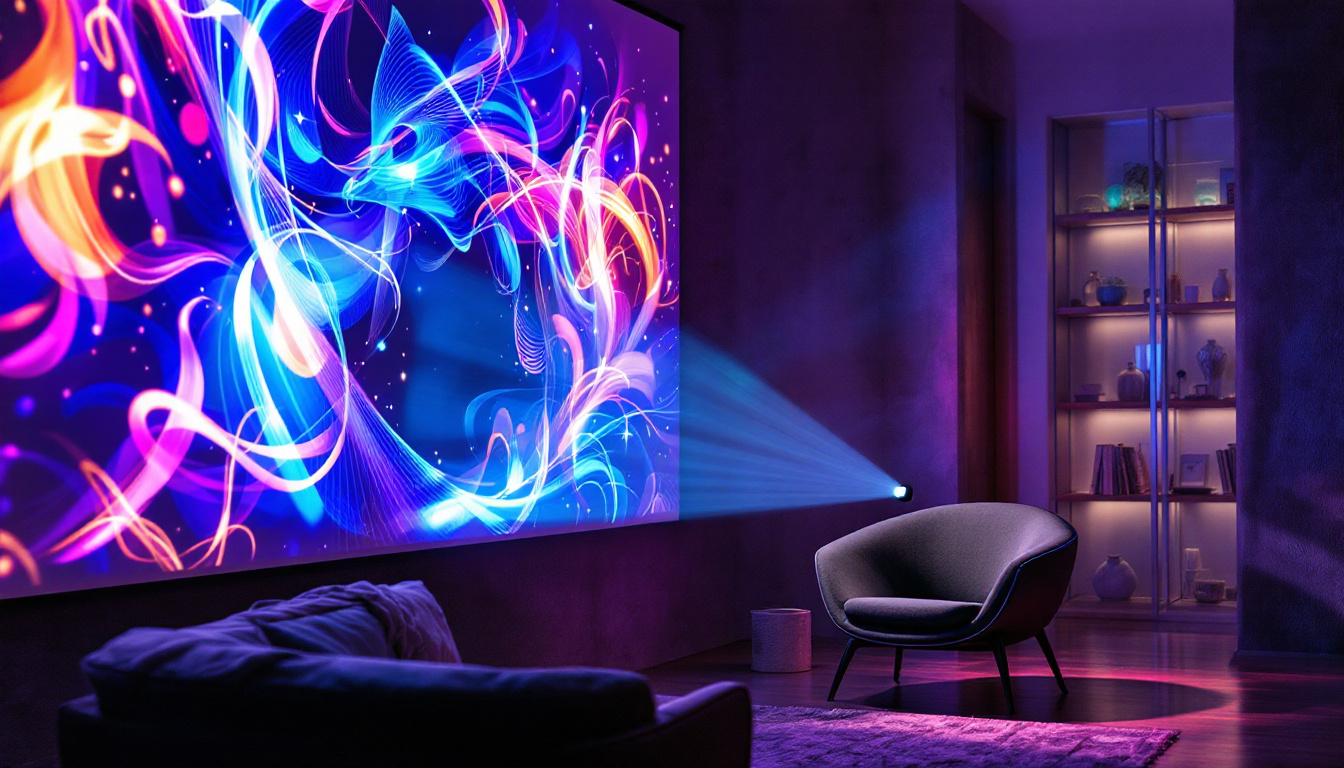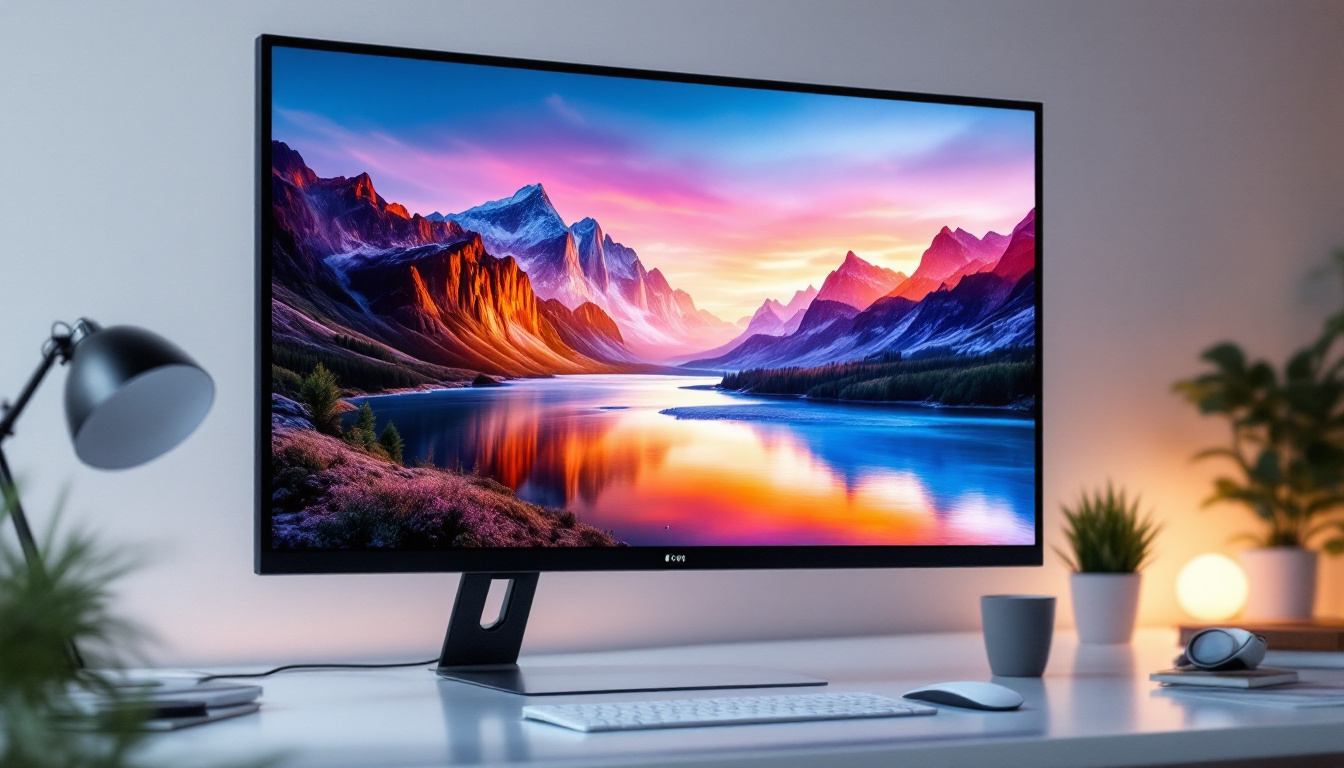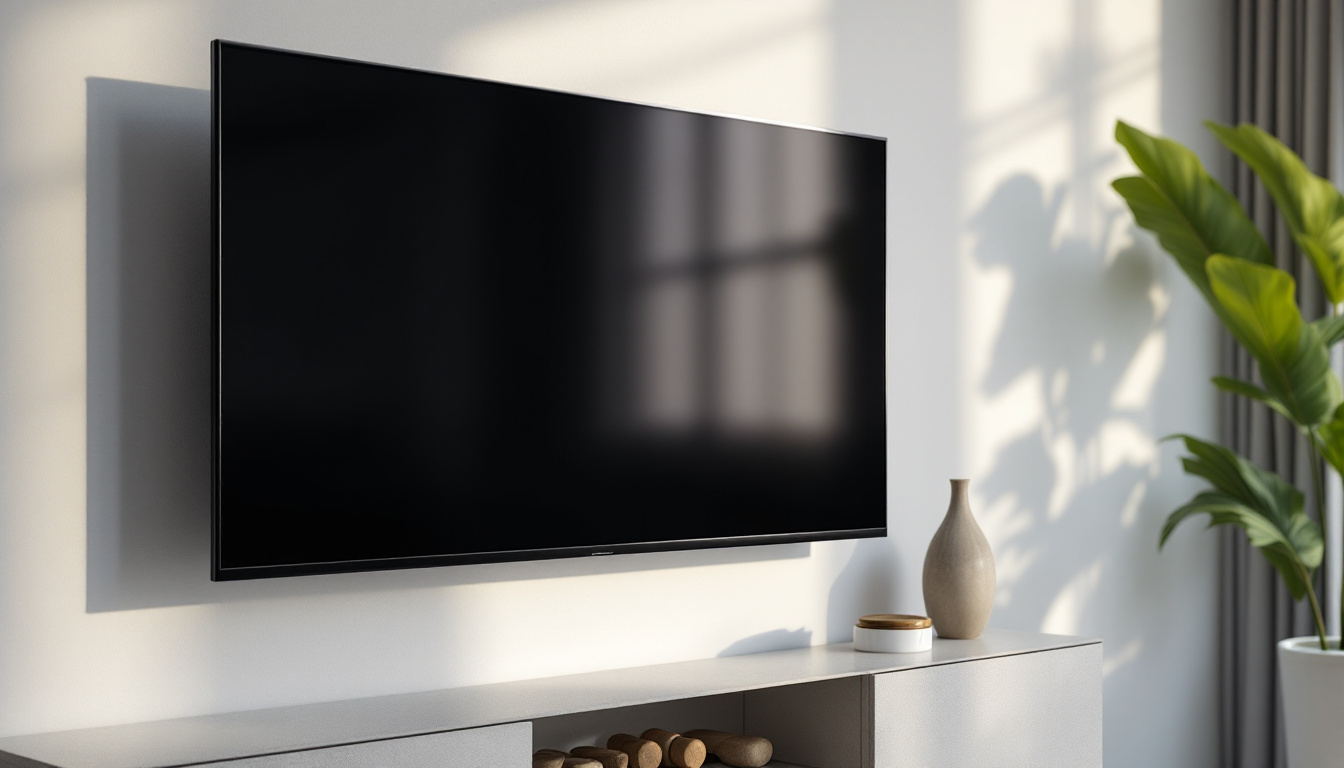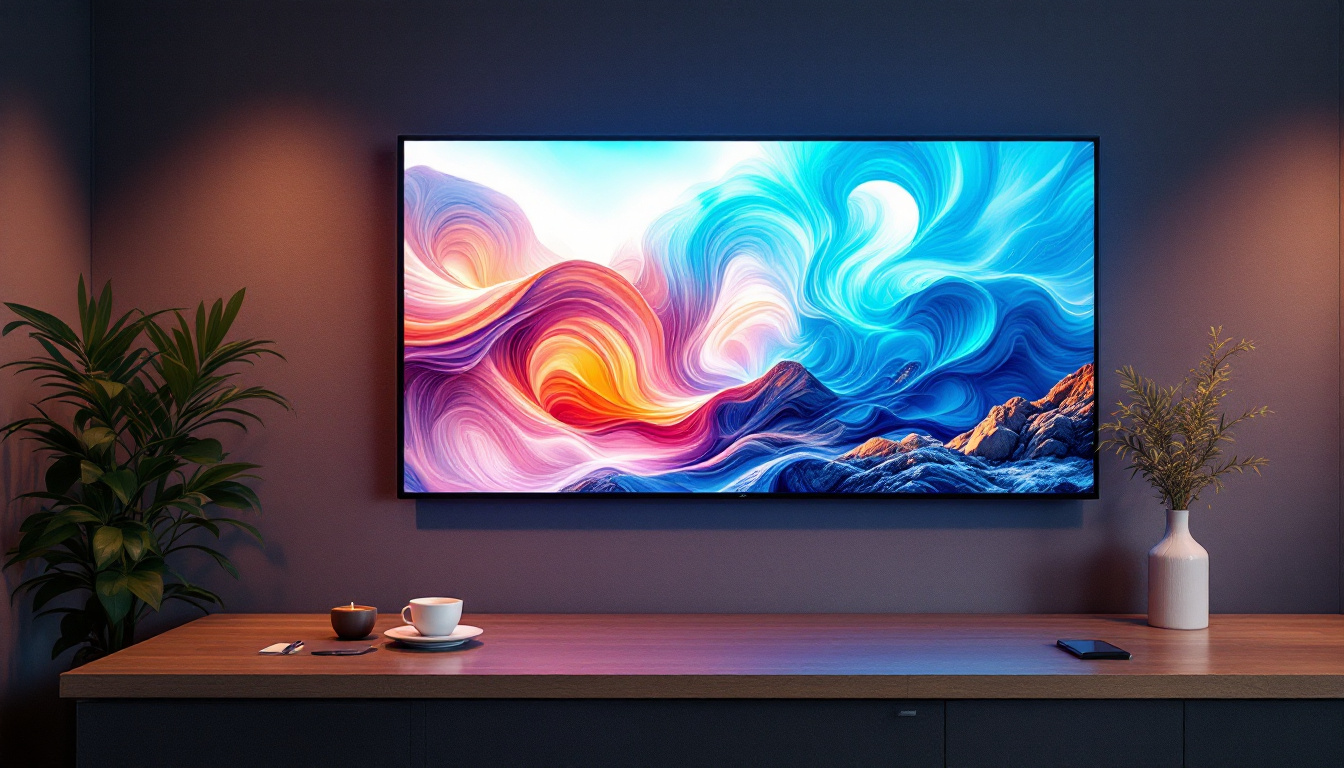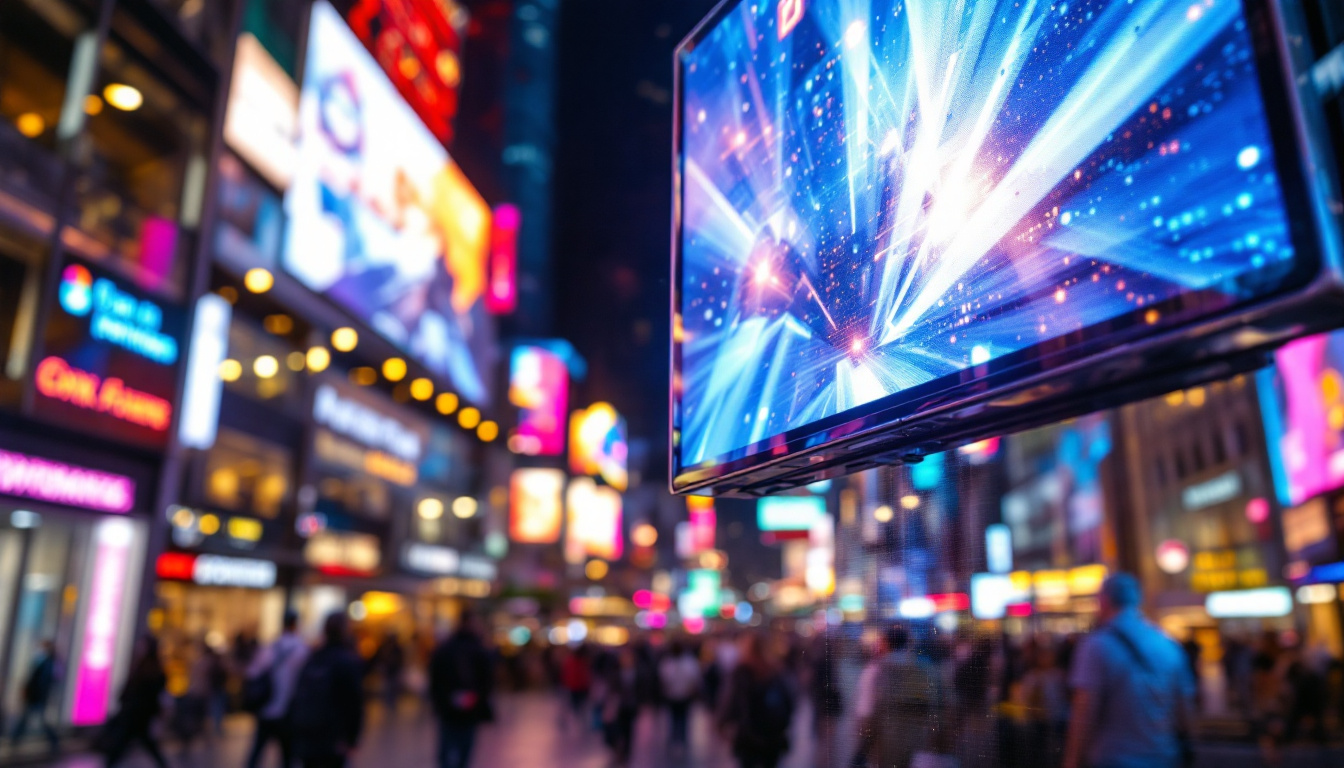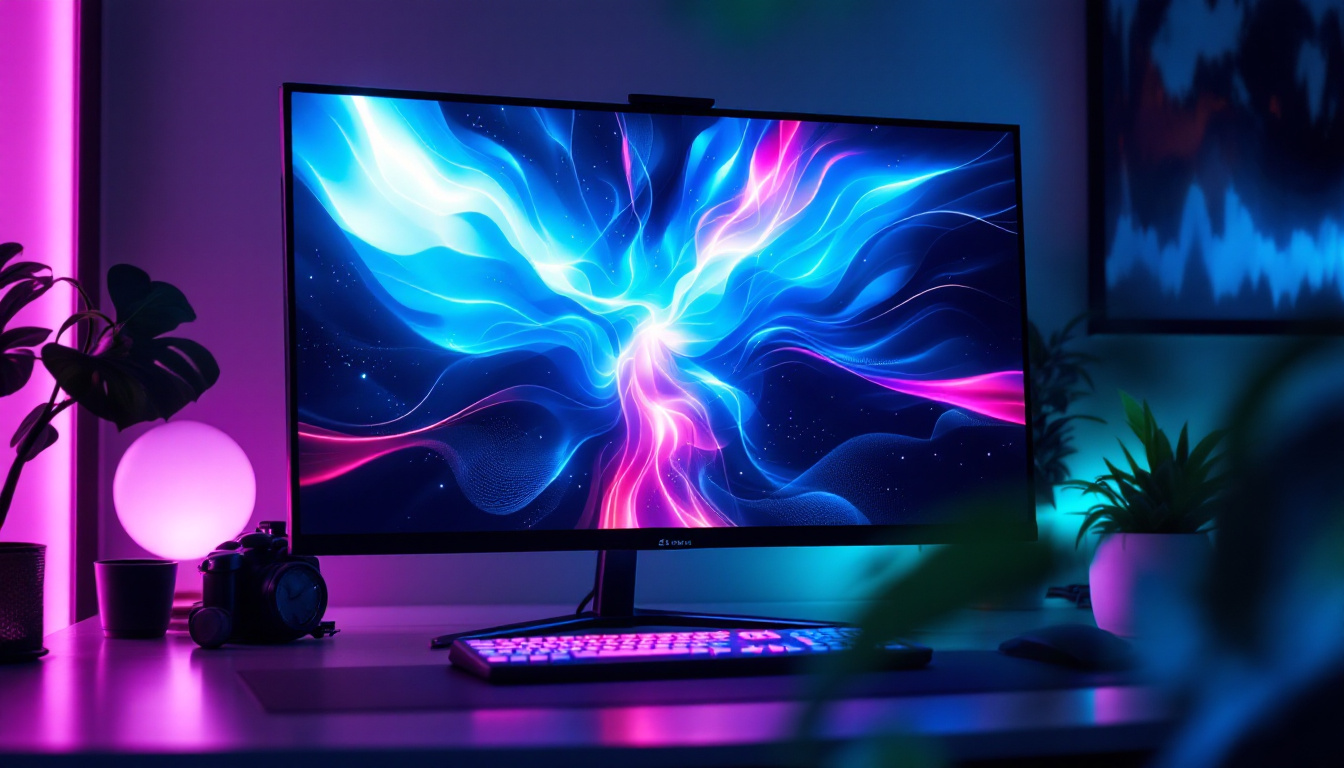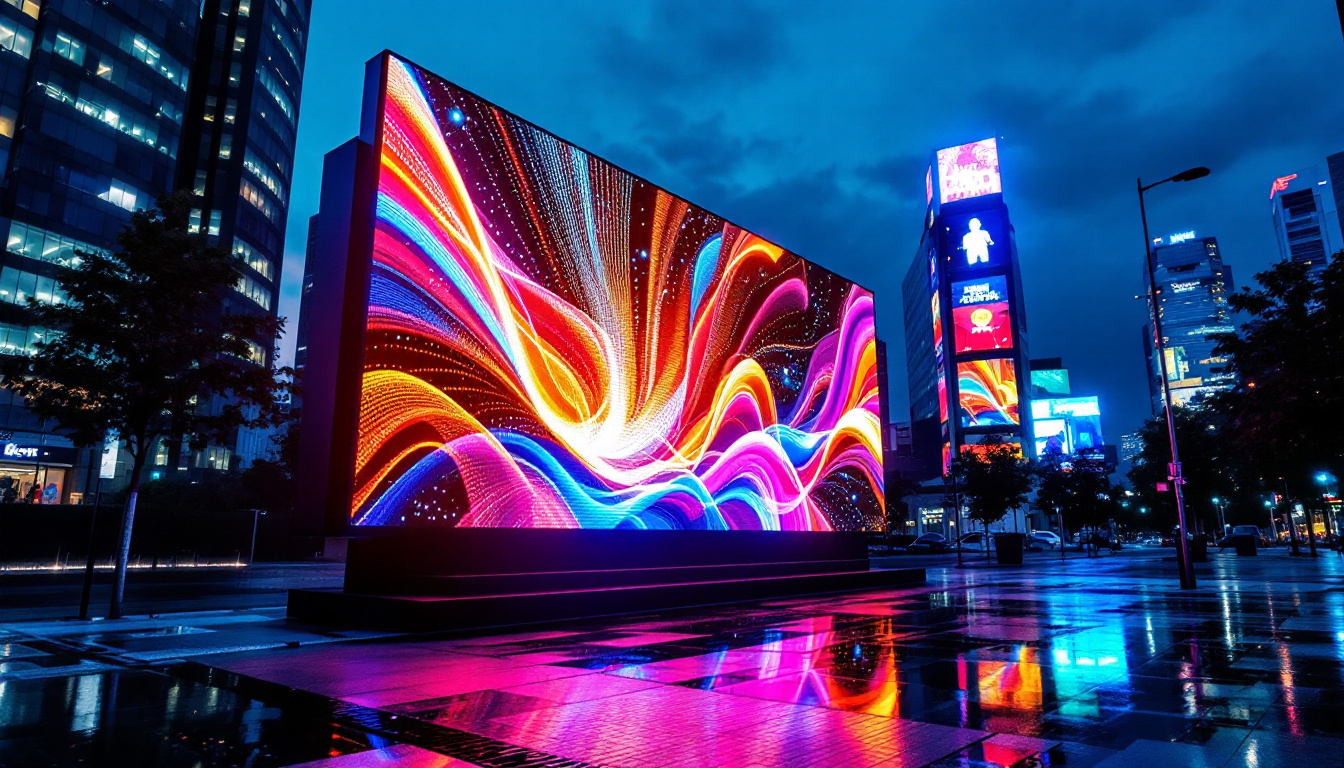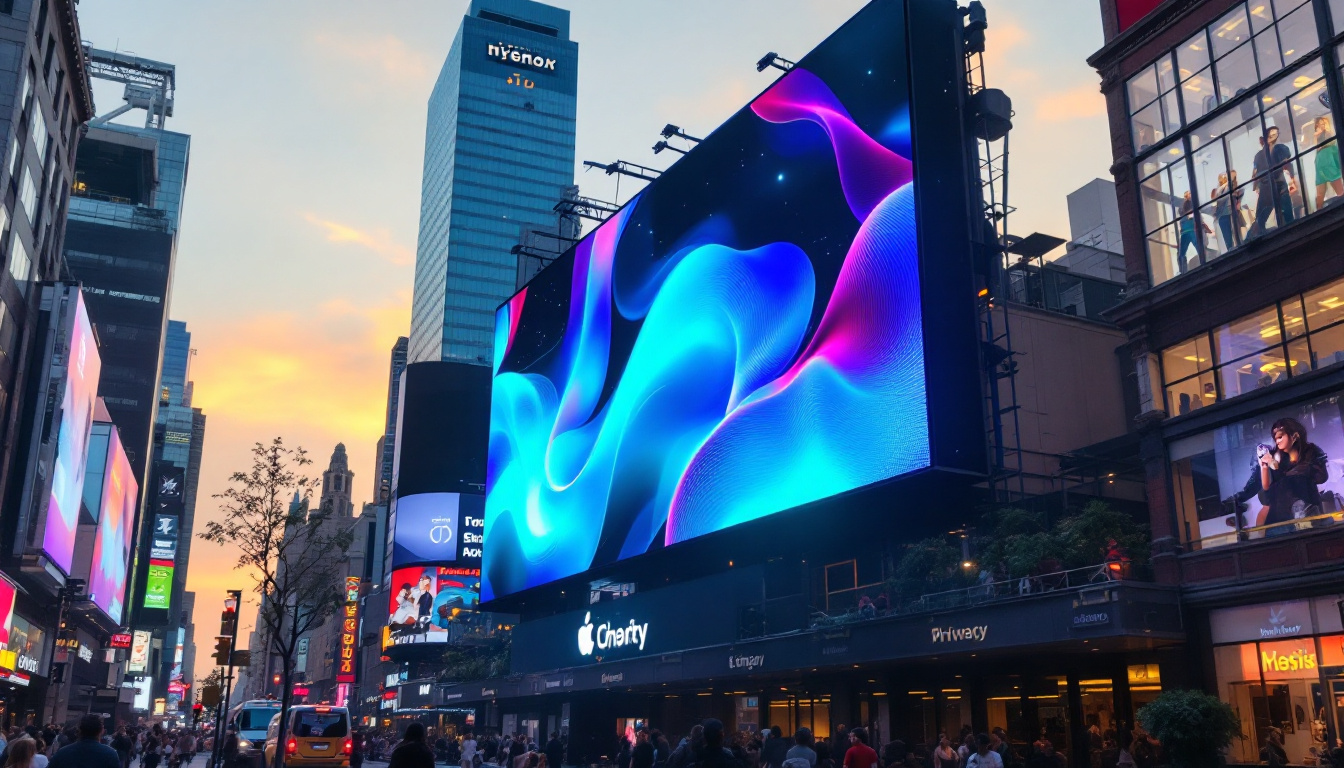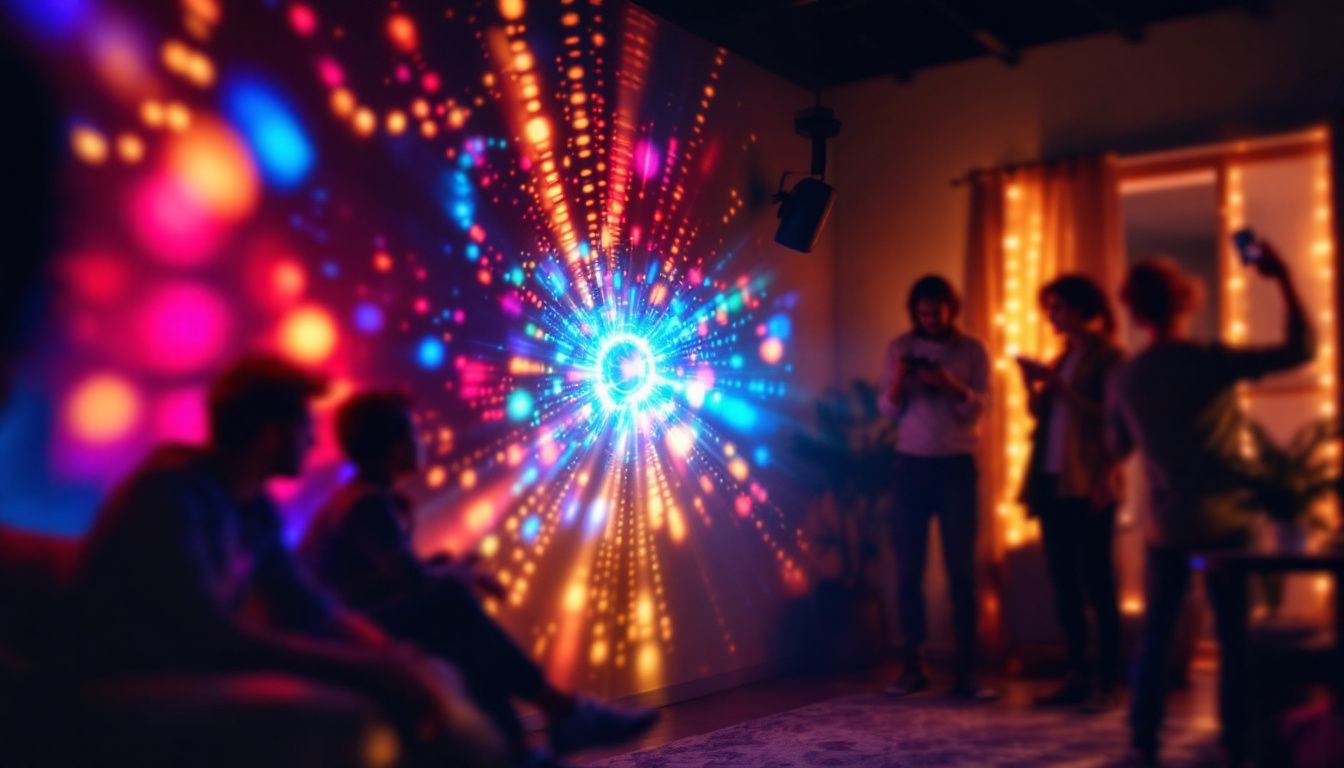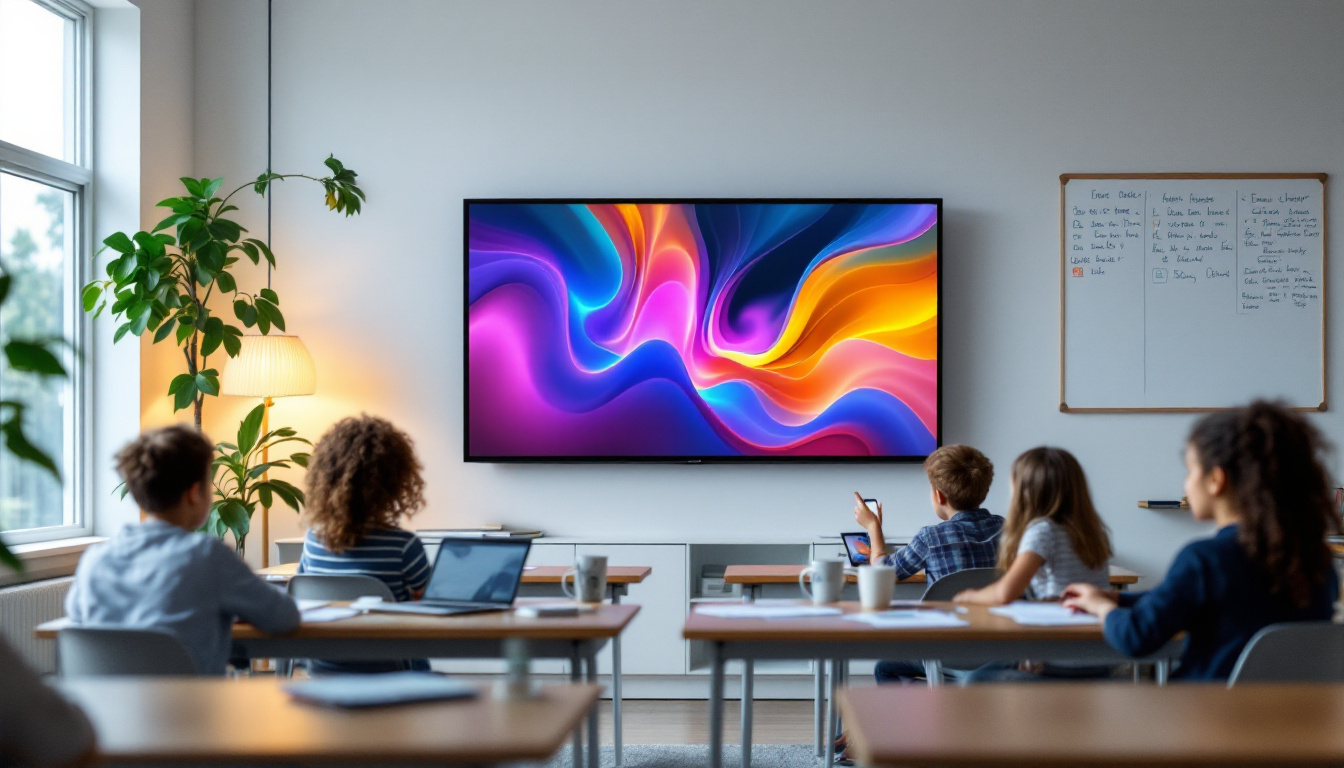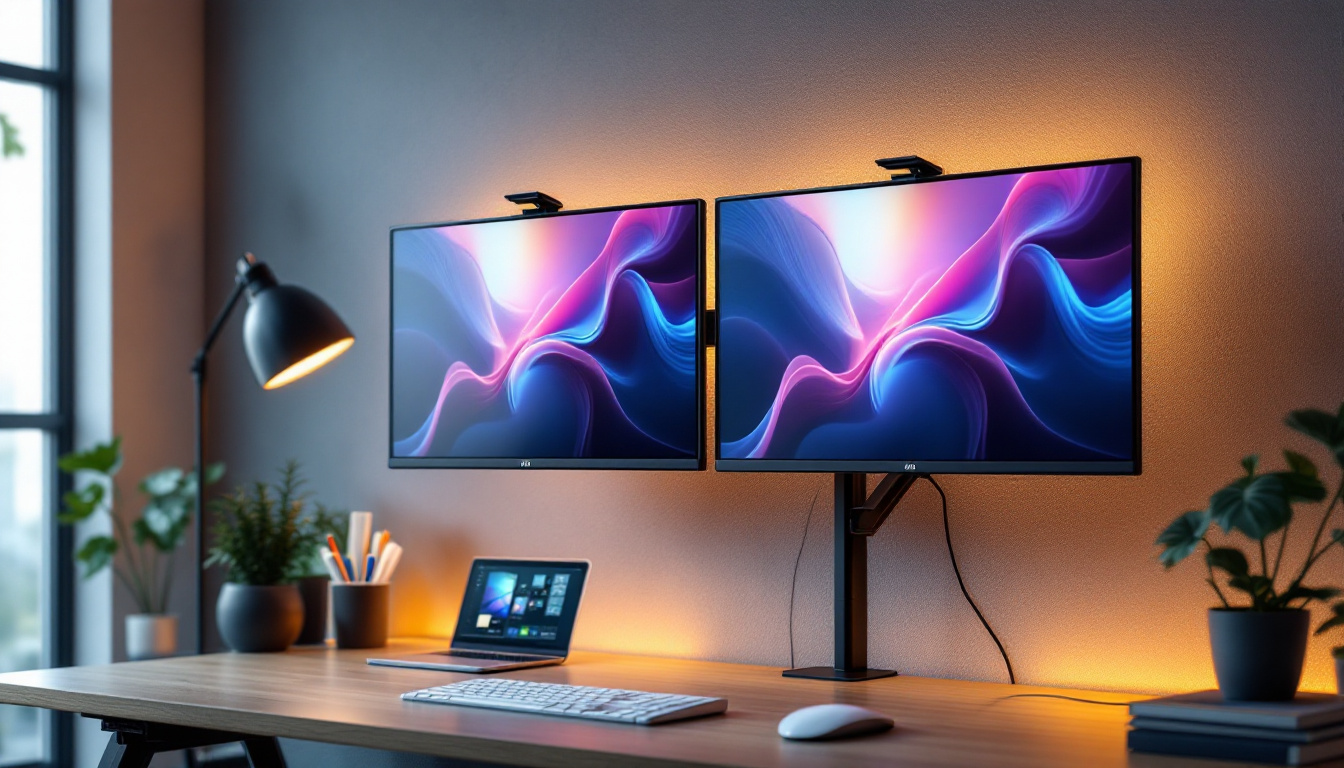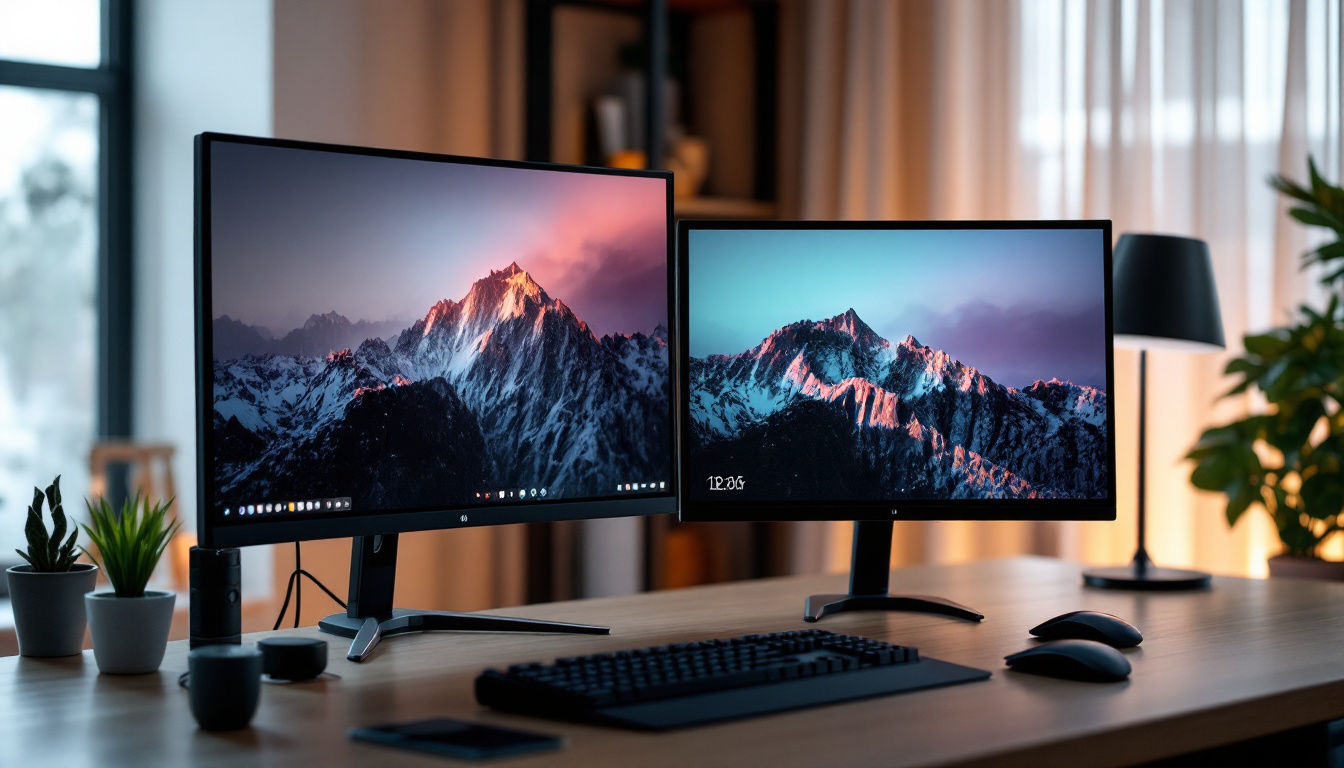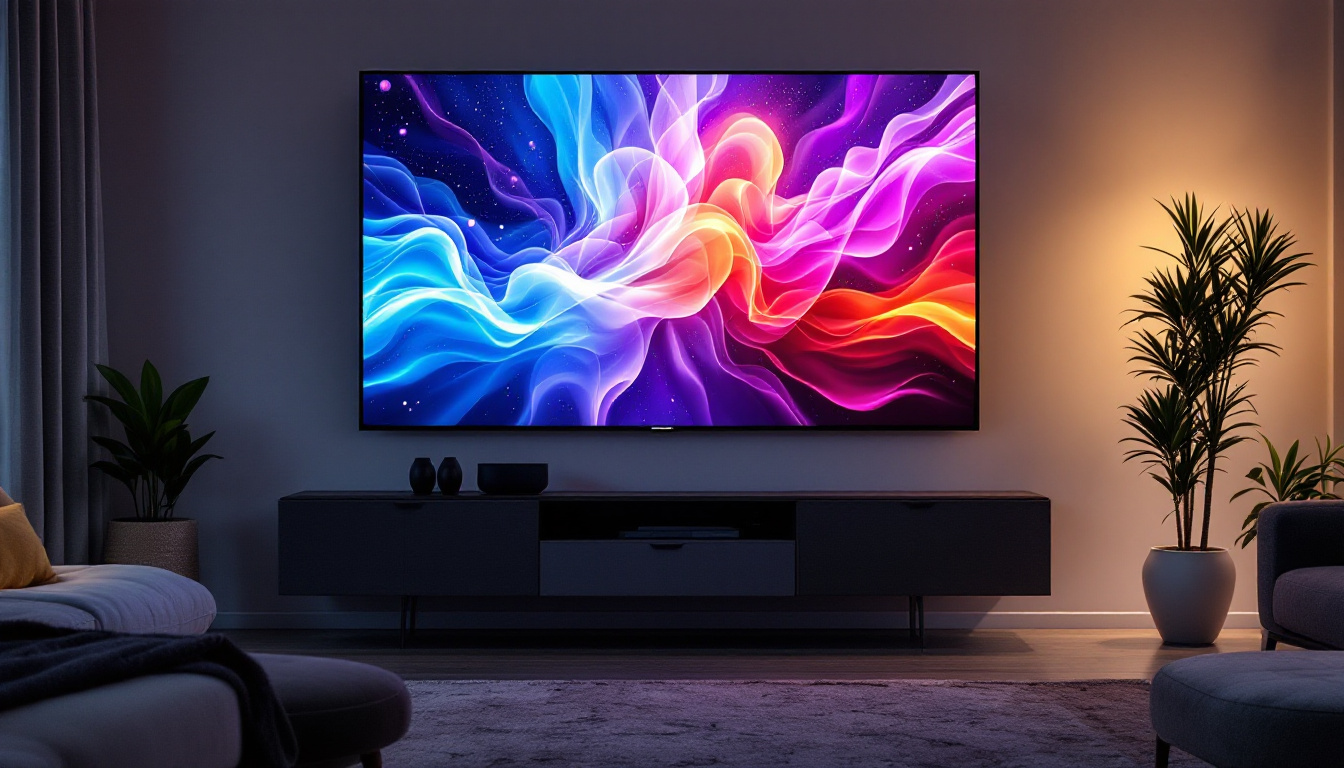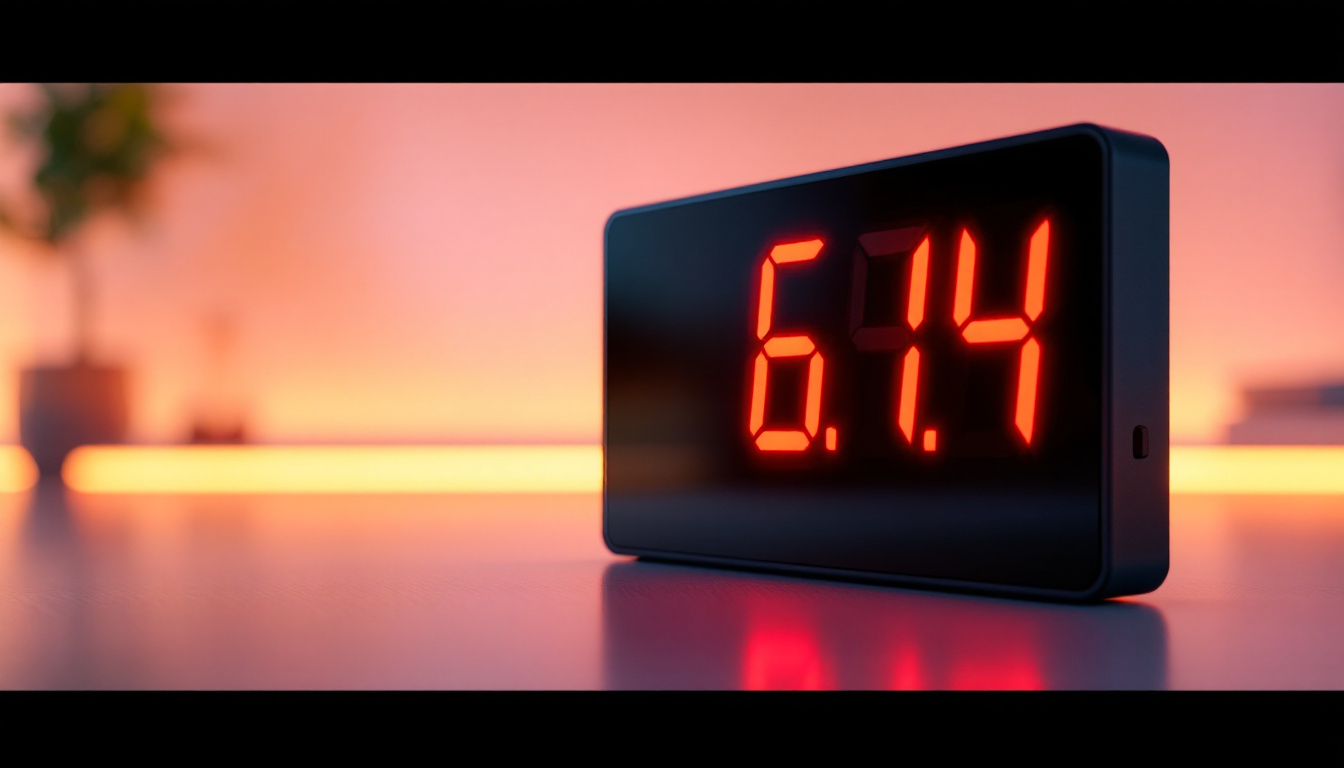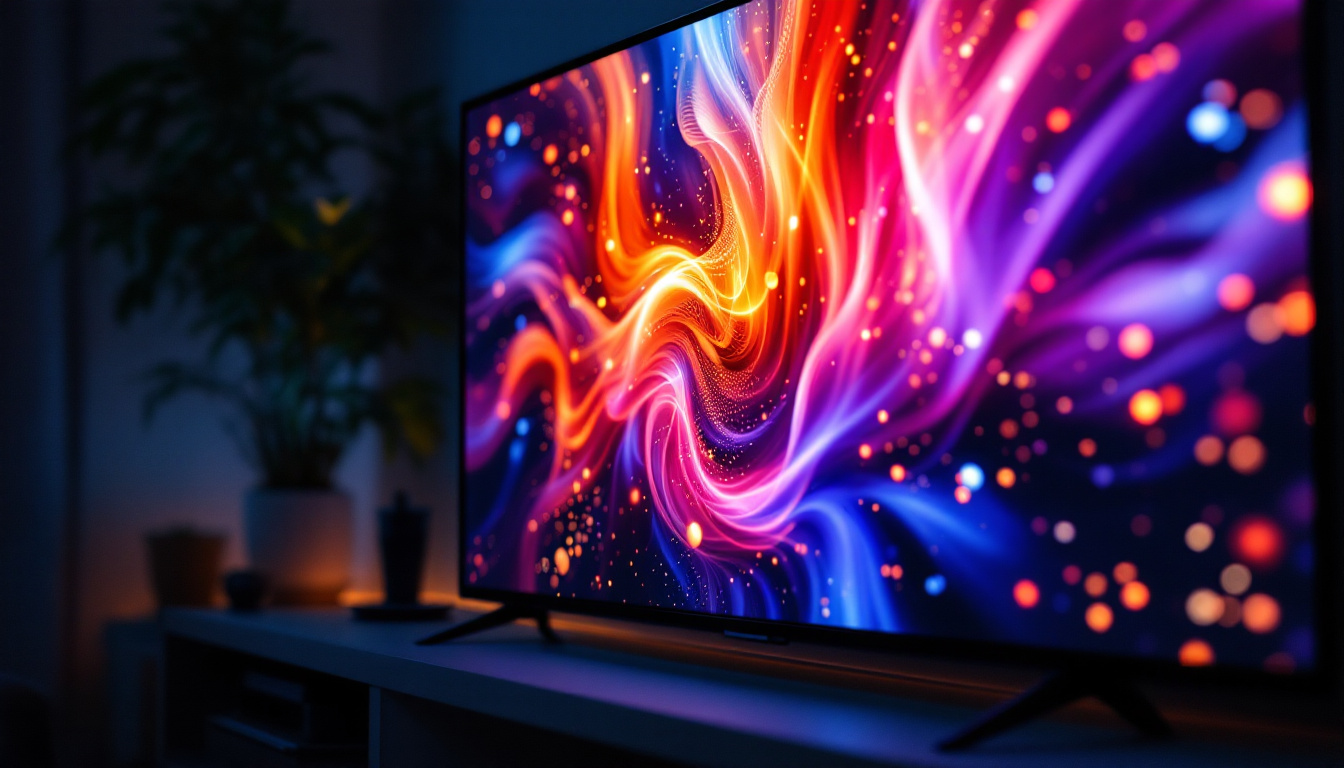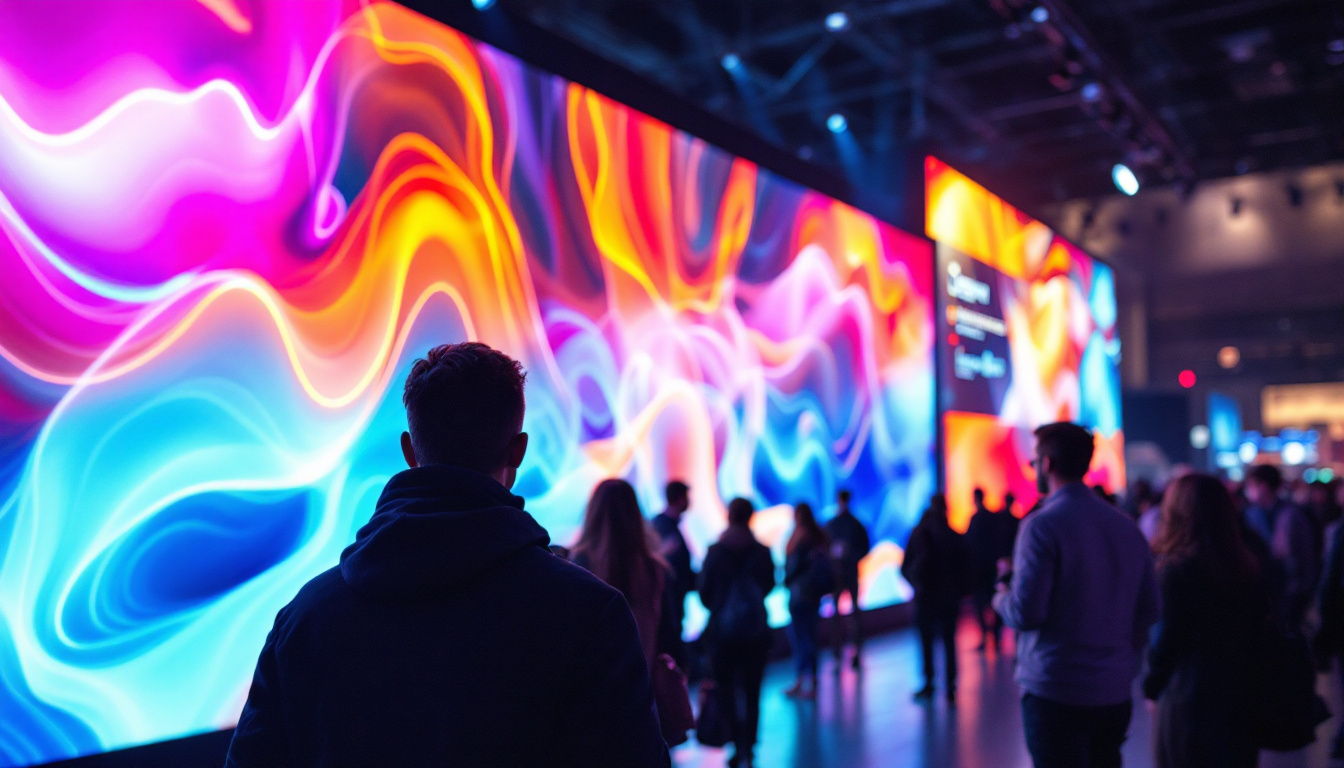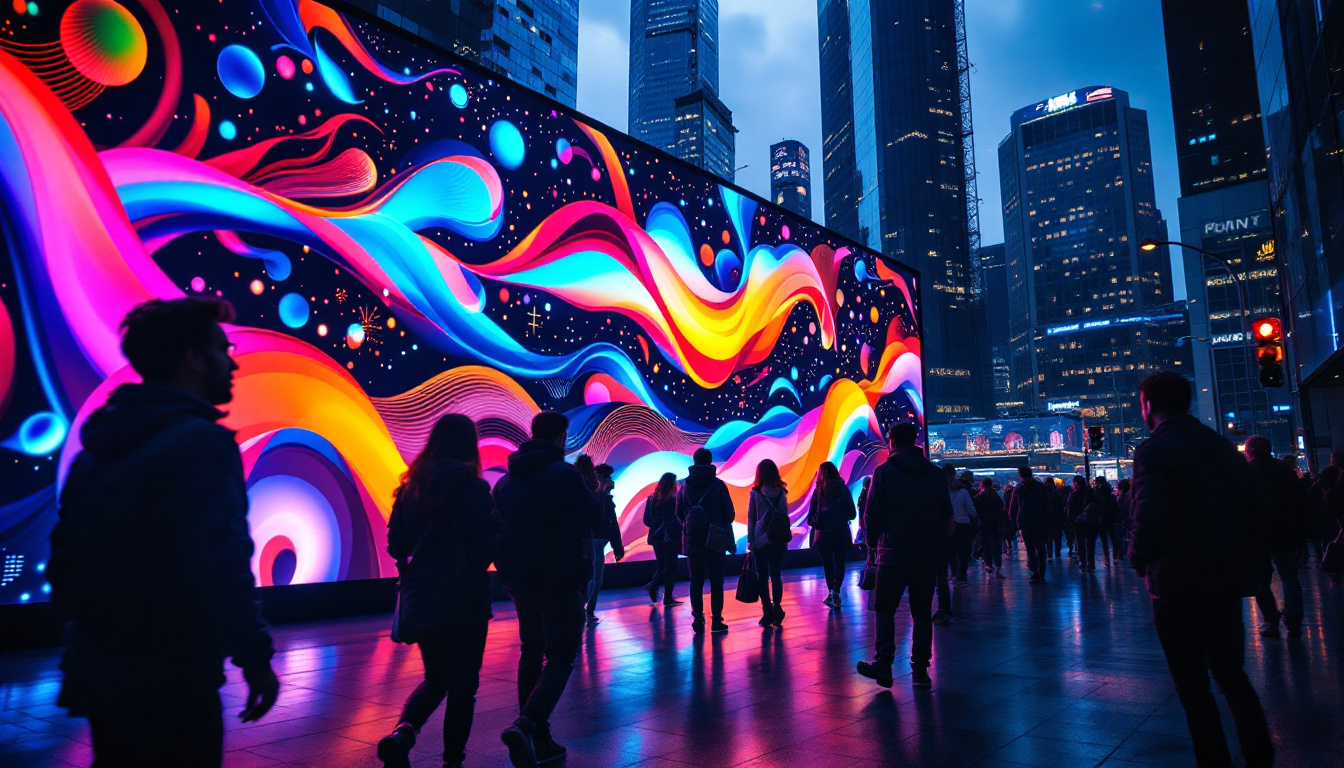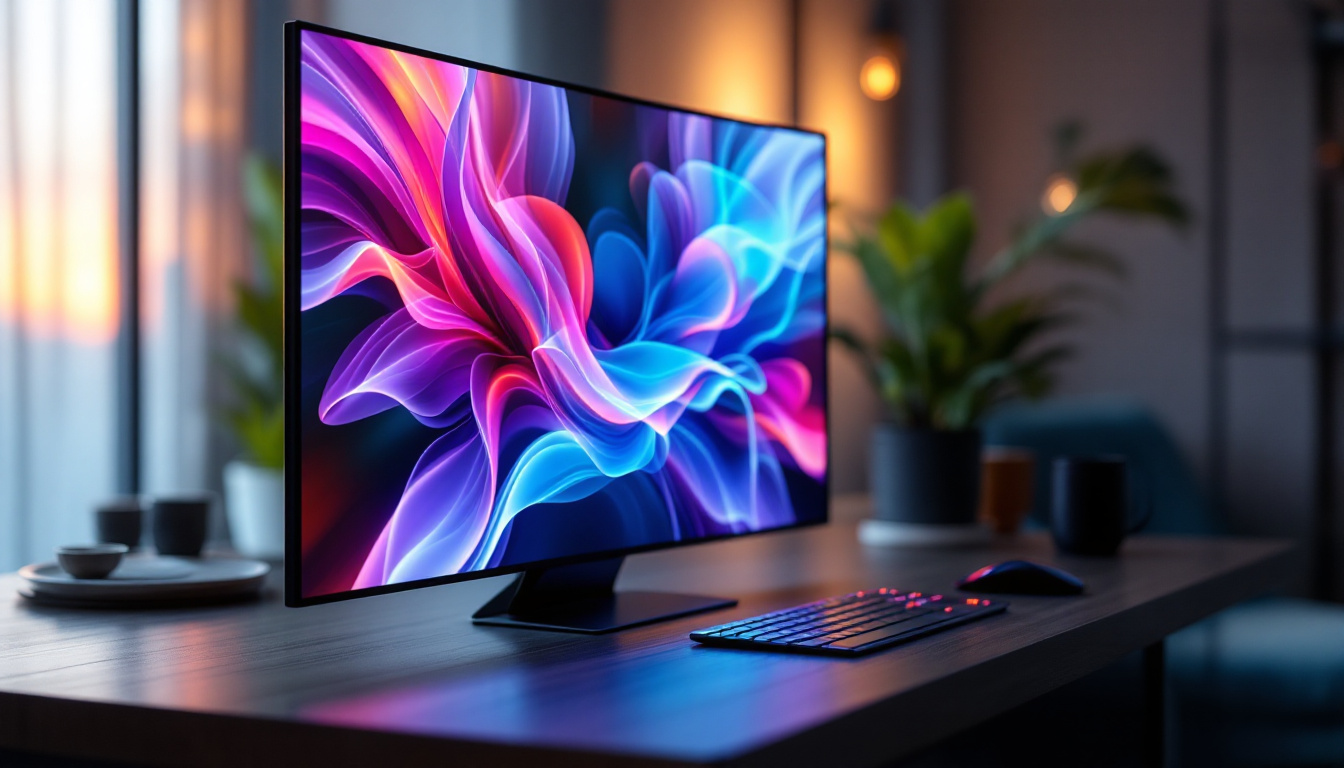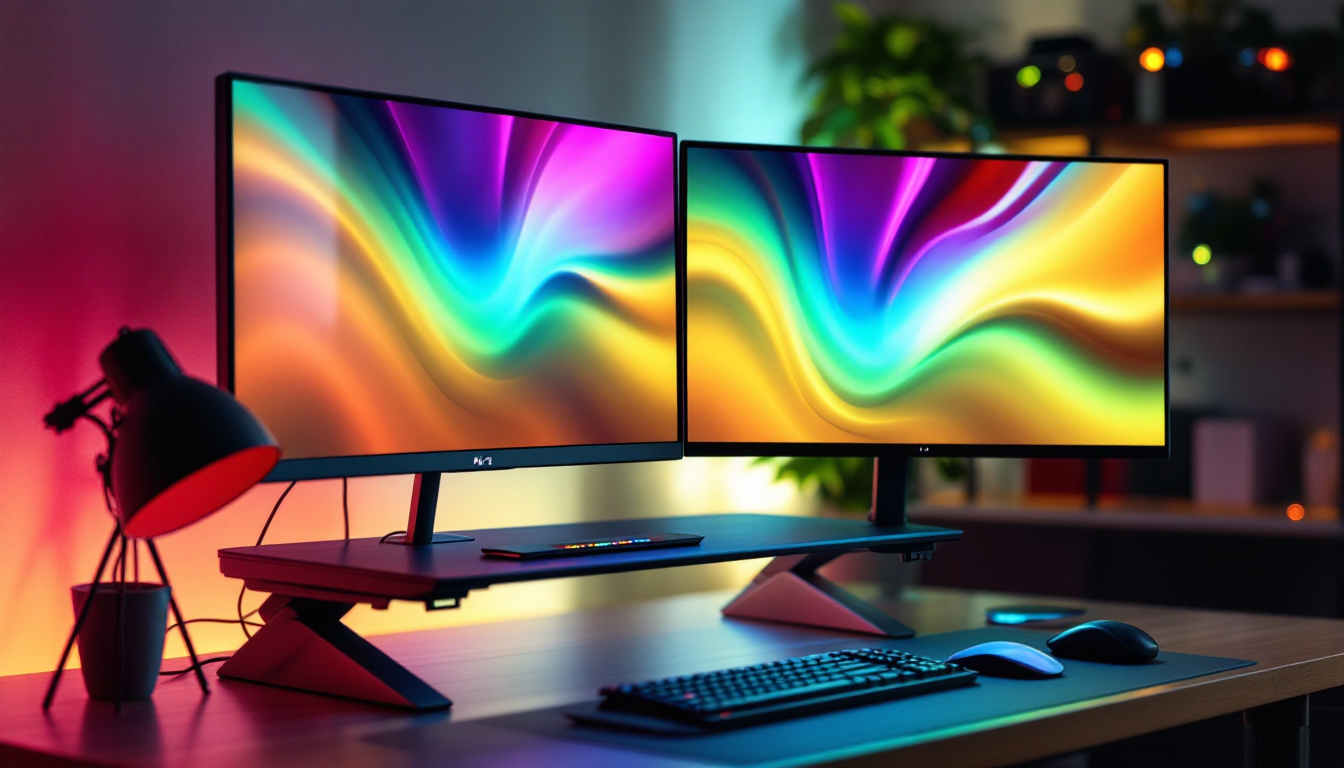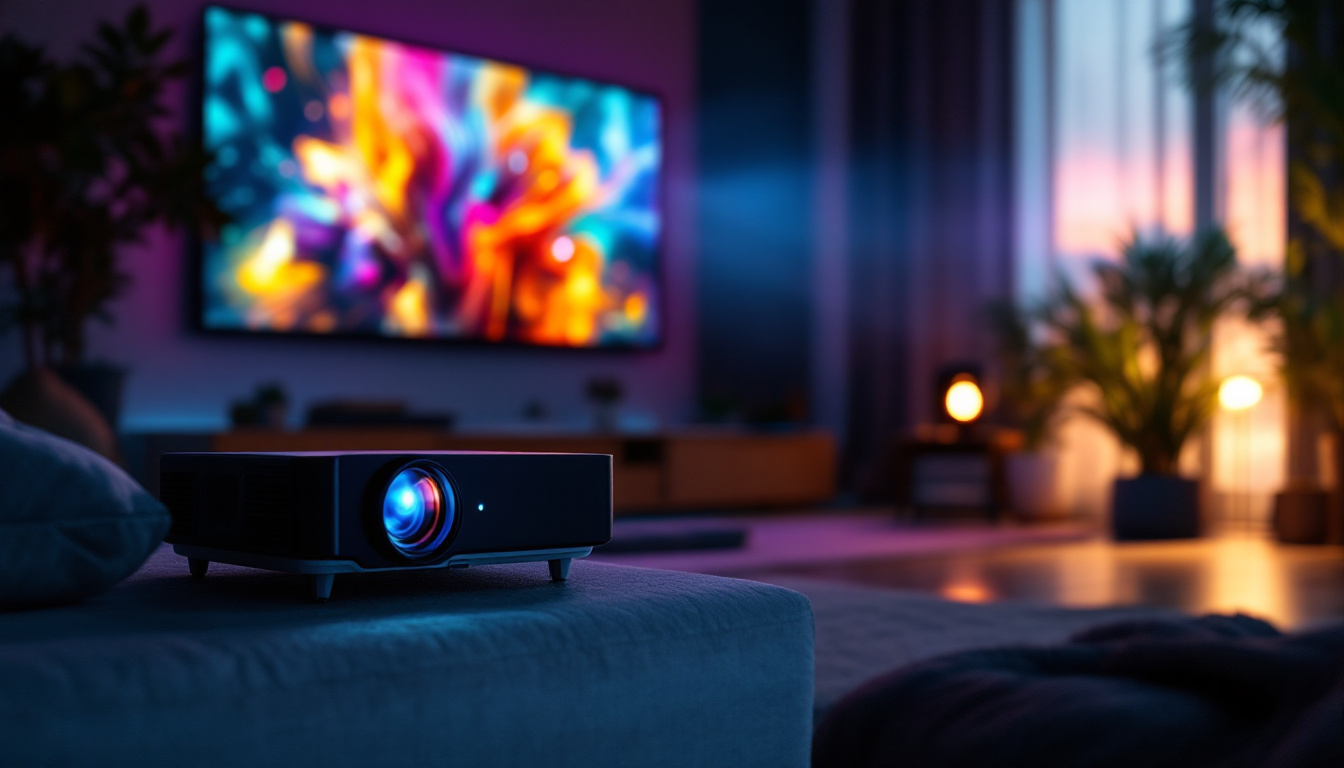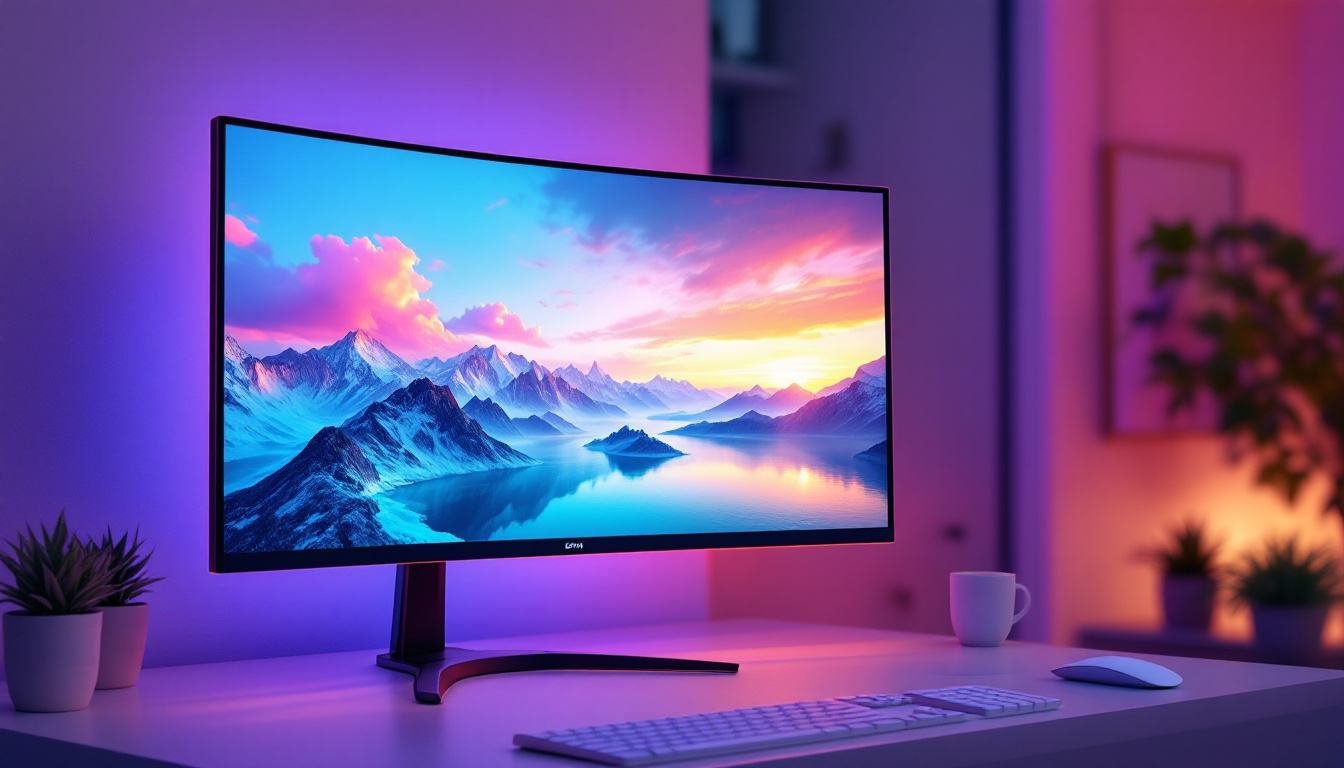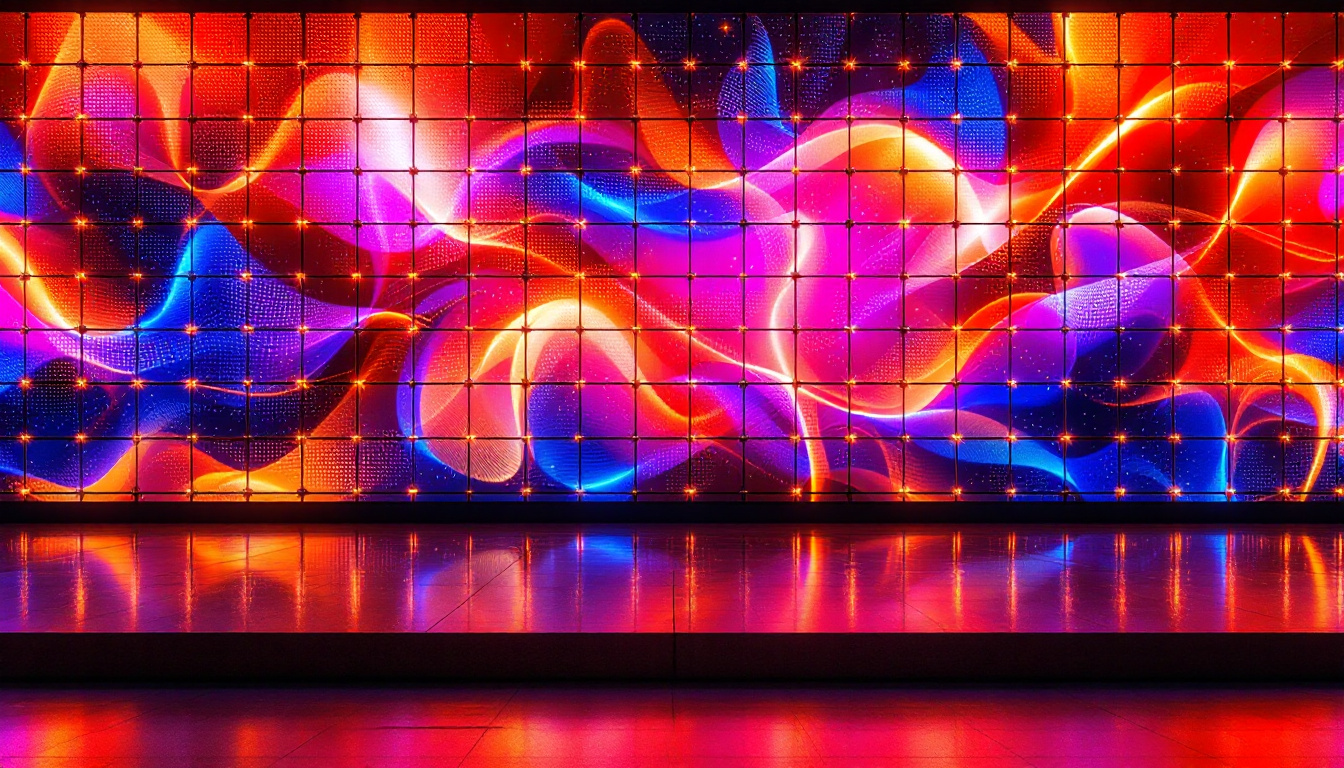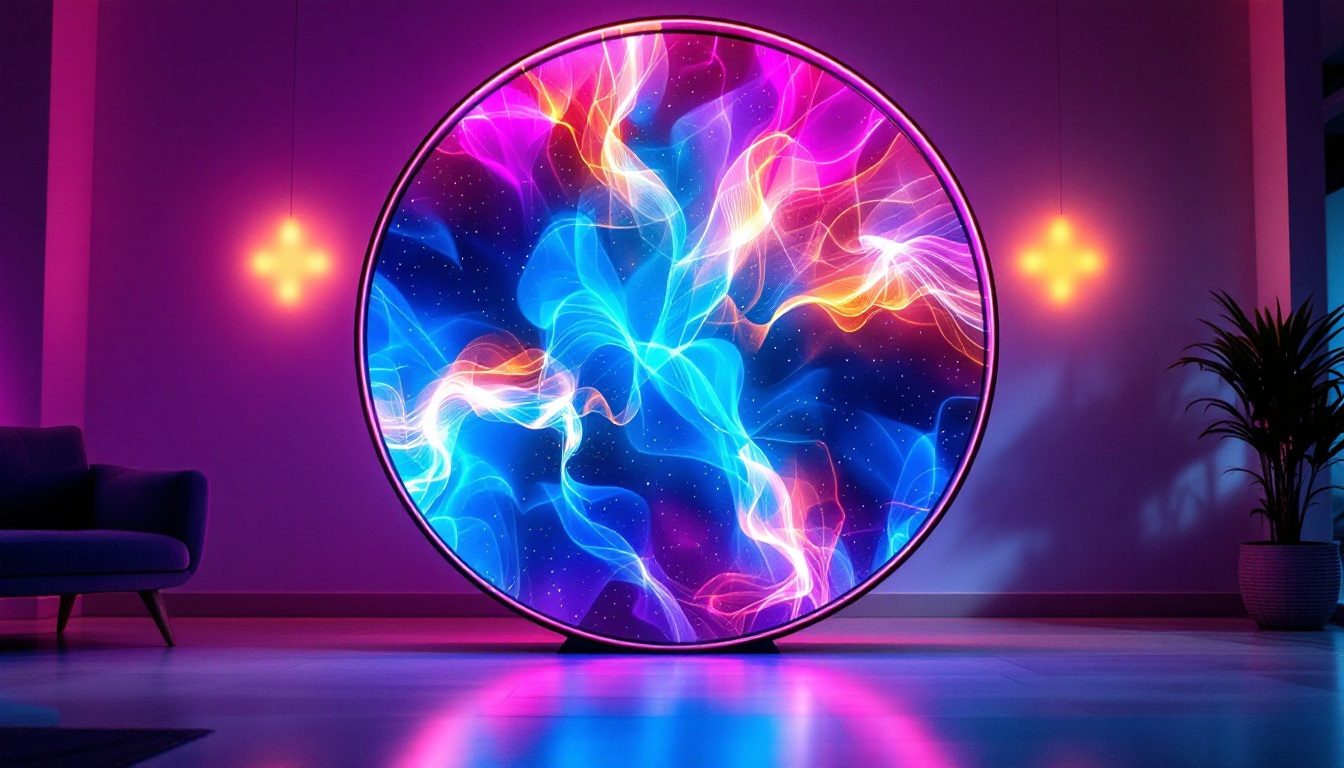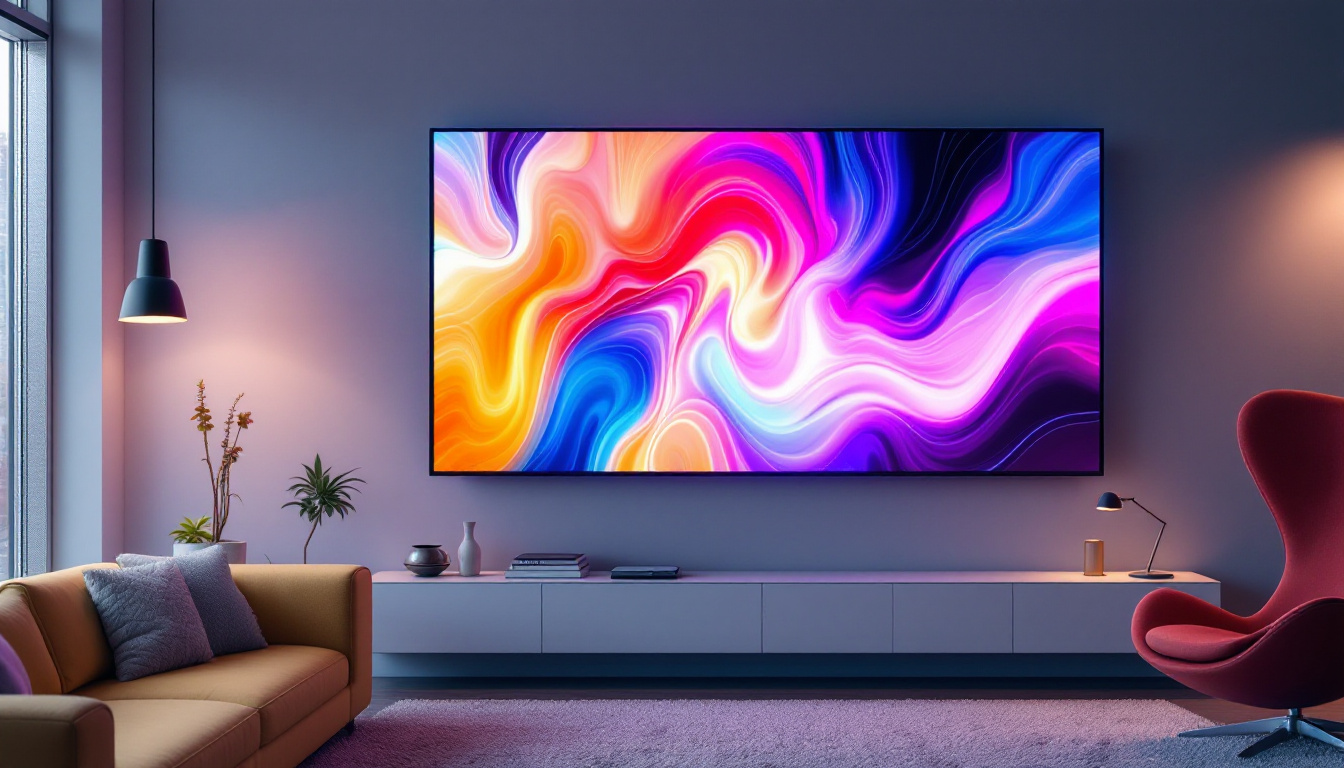In the realm of modern art and technology, the integration of projectors for displaying art on walls has revolutionized how we experience visual creativity. This article delves into the intricacies of LED projectors, their advantages, and how they can transform any space into a gallery of stunning visuals.
Understanding LED Projectors
LED projectors utilize light-emitting diodes (LEDs) as their primary light source, offering a myriad of benefits over traditional projection technologies. These projectors are not only compact and lightweight but also provide vibrant color reproduction and energy efficiency. The shift towards LED technology has revolutionized the way we think about visual displays, making it accessible for both casual users and professional settings alike.
How LED Projectors Work
LED projectors function by using a combination of LEDs to produce light, which is then directed through a series of optical components to create an image. The light passes through a color wheel or a combination of individual LED colors, allowing for a wide spectrum of hues to be displayed. This technology enables projectors to produce sharper images and deeper blacks, enhancing the overall viewing experience. Additionally, many LED projectors employ advanced digital signal processing to further refine image quality, ensuring that even the smallest details are rendered with clarity.
Advantages of LED Projectors
One of the most significant advantages of LED projectors is their longevity. Unlike traditional lamps that may need frequent replacement, LED lights can last up to 30,000 hours, significantly reducing maintenance costs. Furthermore, LED projectors are known for their low power consumption, making them an environmentally friendly choice. This efficiency not only translates to lower electricity bills but also contributes to a reduced carbon footprint, aligning with the growing demand for sustainable technology solutions.
Additionally, LED projectors offer a higher brightness level compared to their counterparts, making them suitable for various lighting conditions. Whether in a dimly lit room or a well-lit space, these projectors can deliver clear and vibrant images, making them ideal for artistic displays. The ability to project in diverse environments opens up a world of possibilities for users, from home theaters to business presentations and educational settings. Moreover, many modern LED projectors come equipped with features such as keystone correction and built-in speakers, enhancing their versatility and user-friendliness. As a result, they cater to a wide range of audiences, from tech enthusiasts to educators looking to engage students in innovative ways.
Applications of LED Projectors in Art
LED projectors have found a niche in the art world, offering artists and curators innovative ways to showcase their work. From galleries to private homes, the applications of these projectors are vast and varied.
Gallery Exhibitions
In gallery settings, LED projectors can be used to create immersive experiences. Artists can project their works onto large walls, allowing viewers to engage with the art in a dynamic way. This method not only enhances the visual impact but also allows for the integration of multimedia elements, such as sound and video, to complement the artwork. The ability to layer images and create a narrative through projection can transform a static exhibition into a vibrant storytelling experience, inviting viewers to explore themes and concepts in depth.
Home Decor
For art enthusiasts looking to elevate their home decor, LED projectors provide an opportunity to display a rotating selection of artworks. By projecting images onto walls, individuals can transform their living spaces into ever-changing galleries. This flexibility allows for personalization and the ability to adapt the ambiance of a room to suit different occasions. Moreover, some projectors come equipped with smart technology, enabling users to curate playlists of their favorite pieces or even create themed displays for special events, further enhancing the versatility of home art presentations.
Interactive Installations
Interactive installations using LED projectors are becoming increasingly popular in contemporary art. These setups often encourage audience participation, allowing viewers to interact with the projected images. This interactivity can create a memorable experience, blurring the lines between the artwork and the audience. Artists are experimenting with motion sensors and touch-responsive technology, enabling participants to manipulate the projections in real-time, which can lead to spontaneous and unique artistic expressions. Such installations not only engage the audience but also foster a sense of community, as people come together to explore and create within the shared space of the artwork.
Educational Purposes
Beyond exhibitions and home decor, LED projectors are also making significant strides in educational settings. Art schools and workshops utilize these projectors to demonstrate techniques and concepts in real-time, allowing students to visualize complex ideas as they learn. For instance, a teacher might project a famous painting and dissect its elements, discussing color theory, composition, and technique while students follow along. This interactive approach not only enhances understanding but also inspires creativity, as students can experiment with projecting their own works for critique and feedback, fostering a collaborative learning environment.
Public Art Displays
Public spaces are increasingly becoming canvases for LED projections, with artists using them to create temporary installations that engage the community. These projections can transform buildings, parks, and streets into dynamic art experiences, often aligned with social themes or local culture. Events like projection mapping festivals showcase the potential of LED projectors to create large-scale visual narratives that captivate passersby, turning ordinary locations into extraordinary art venues. This democratization of art not only brings creativity to the forefront of urban life but also invites dialogue among diverse audiences, making art more accessible and relevant to the community.
Choosing the Right LED Projector for Art
Selecting the appropriate LED projector for artistic purposes involves considering several factors. Understanding the specific needs of the artwork and the environment in which it will be displayed is crucial for achieving the best results.
Brightness and Resolution
Brightness, measured in lumens, is a critical factor when choosing an LED projector. For art displays, a projector with at least 2,500 lumens is recommended to ensure that colors remain vibrant even in well-lit environments. Additionally, resolution plays a significant role in image clarity. A higher resolution, such as Full HD (1920×1080), will provide sharper images, making it ideal for detailed artworks.
Portability and Setup
Portability is another essential consideration, especially for artists who may need to transport their projectors for exhibitions or installations. Lightweight models with easy setup features can save time and effort. Look for projectors that come with adjustable stands or mounting options to ensure versatility in display settings.
Connectivity Options
Modern LED projectors offer various connectivity options, including HDMI, USB, and wireless capabilities. These features allow for seamless integration with laptops, tablets, and smartphones, enabling artists to easily showcase their work. Ensure that the projector you choose supports the devices you plan to use.
Setting Up Your LED Projector for Art Display
Once the right LED projector has been selected, the next step is setting it up for optimal performance. Proper setup can significantly enhance the quality of the projected images and the overall viewing experience.
Choosing the Right Location
Finding the ideal location for the projector is crucial. The surface onto which the image will be projected should be smooth and neutral-colored to avoid distortion of colors. Walls painted in white or light shades work best, as they reflect light effectively. Additionally, consider the distance between the projector and the wall, as this will impact the size and clarity of the image.
Calibrating the Image
After positioning the projector, calibrating the image is essential for achieving the best visual results. Adjust the focus, keystone correction, and brightness settings to ensure that the artwork is displayed accurately. Many projectors come with built-in settings for fine-tuning the image, allowing for customization based on the specific artwork being projected.
Creating an Engaging Environment
To enhance the viewing experience, consider the surrounding environment. Dimming the lights or using colored lighting can create a more immersive atmosphere. Additionally, incorporating sound elements or interactive features can further engage the audience, making the art display a memorable experience.
Future Trends in LED Projector Technology
The future of LED projector technology is promising, with ongoing advancements that are set to enhance their capabilities even further. As technology evolves, so too will the ways in which artists and curators utilize these devices.
Improved Color Accuracy
One of the primary areas of development is in color accuracy. Future LED projectors are expected to offer even more precise color reproduction, allowing artists to present their work in the most authentic way possible. This improvement will be particularly beneficial for artists whose work relies heavily on color gradients and subtleties.
Integration with Augmented Reality
Augmented reality (AR) is another exciting trend that could redefine how art is displayed. By integrating AR with LED projectors, artists can create interactive experiences that blend digital elements with physical artwork. This fusion can lead to innovative installations that captivate audiences and encourage deeper engagement with the art.
Enhanced Portability and Smart Features
Future LED projectors are likely to become even more portable, with advancements in battery life and wireless capabilities. Smart features, such as built-in streaming services and voice control, may also become standard, making it easier for users to access and display their favorite artworks with minimal effort.
Conclusion
LED projectors have opened up new avenues for artists and art enthusiasts alike, providing innovative ways to display and experience art. With their vibrant colors, energy efficiency, and versatility, these projectors are transforming traditional art displays into dynamic, interactive experiences.
As technology continues to advance, the possibilities for using LED projectors in the art world will only expand. Whether in galleries, homes, or public installations, the integration of these devices promises to enrich the way art is perceived and enjoyed.
Embracing LED projectors for art display not only enhances the visual experience but also paves the way for a more engaging interaction between art and audience. As artists explore this technology, the future of art presentation looks brighter than ever.
Discover the Future of Art Display with LumenMatrix
Ready to elevate your visual art experience? Explore the innovative world of LumenMatrix, where cutting-edge LED display technology meets creative expression. From immersive gallery exhibitions to captivating home decor and beyond, LumenMatrix offers a diverse range of LED display solutions tailored to your artistic needs. Embrace the vibrant colors, energy efficiency, and versatility of our Indoor LED Wall Display, Outdoor LED Wall Display, and more to create unforgettable visual narratives. Check out LumenMatrix LED Display Solutions today and transform the way you share and enjoy art.

